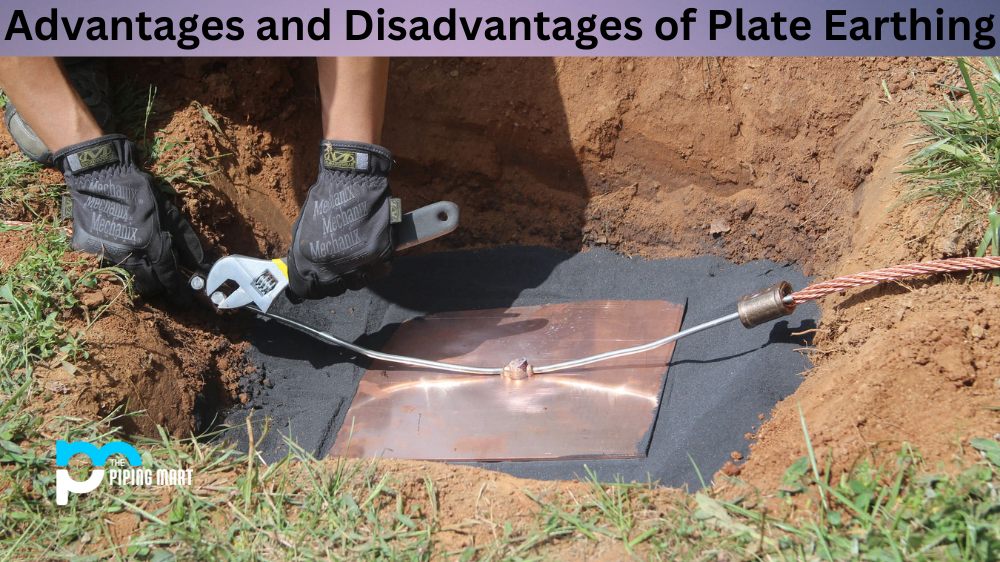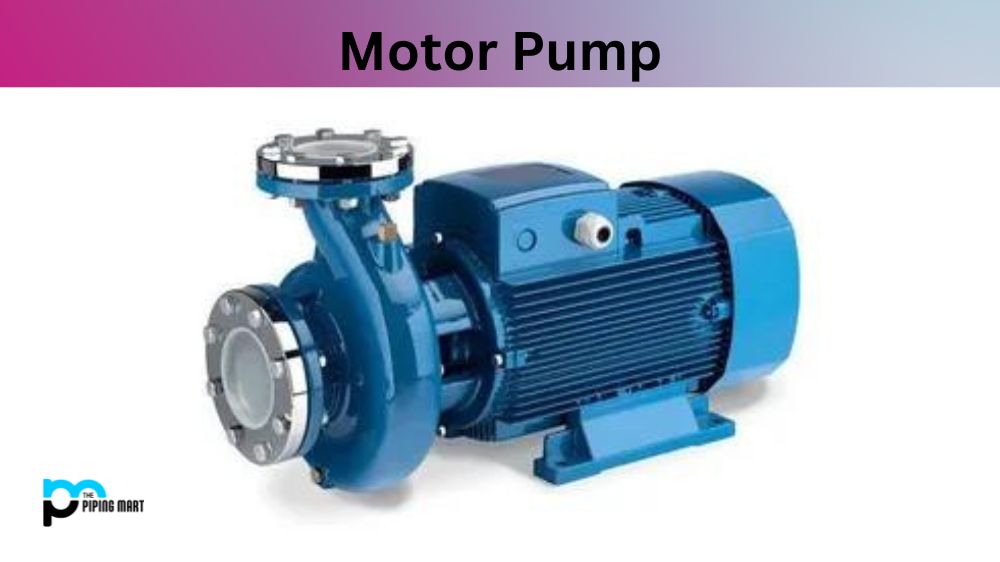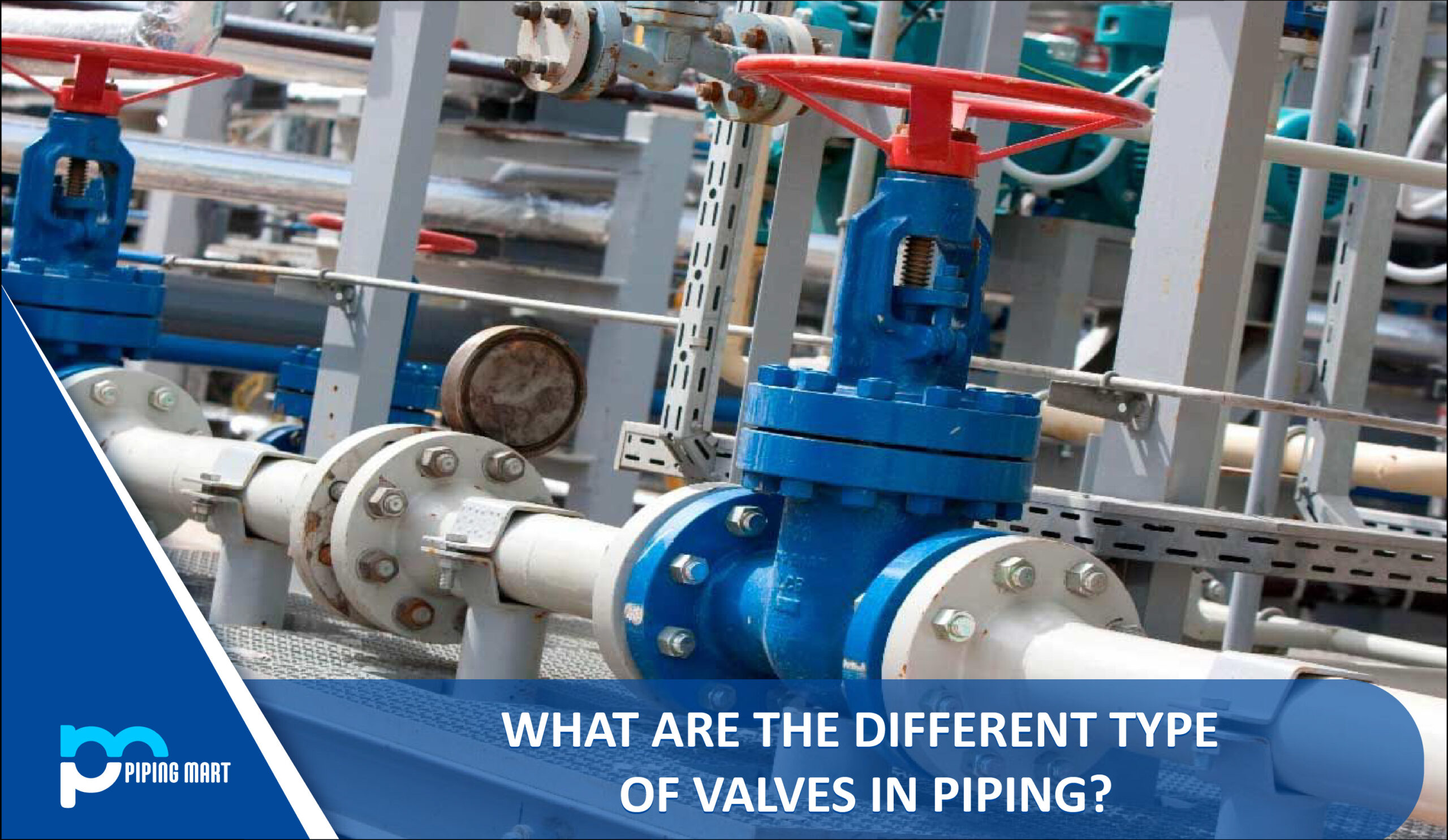Plate earthing is an earthing system commonly used in modern electrical installations. It involves using a metallic plate, usually made of copper or galvanized steel, buried horizontally in the ground. The scale is connected to the earth electrode of the electrical installation, which provides a low-impedance path for electrical currents to flow and facilitates the safe grounding of electrical equipment. While plate earthing is a popular choice for grounding systems, it has advantages and disadvantages. This blog post will explore these advantages and disadvantages in detail.
Advantages of Plate Earthing
Low Impedance
Plate earthing provides a low-impedance path to Earth, which helps to limit the amount of voltage that can build up on the electrical equipment. This is particularly important in areas with high lightning activity, as it helps to protect against electrical surges.
Cost-Effective
Plate earthing is a cost-effective solution, as it can be done using readily available materials such as copper or galvanized steel. The installation process is also relatively simple and does not require specialized equipment or expertise.
Durability
A plate earthing system can last several years without needing maintenance or repair. This is because the metal plate is buried in the ground, which protects against corrosion and damage.
Disadvantages of Plate Earthing
Limited Effectiveness
Plate earthing may not be effective in areas with high soil resistivity. In such cases, a deep-earth grounding system may be required to provide a low-impedance path to Earth.
Large Surface Area
Plate earthing requires excavating a large soil surface area to install the metal plate. This can be problematic in urban areas where space is limited.
Environmental Impact
The excavation of soil for plate earthing can have a negative impact on the environment, as it disturbs the natural vegetation and can cause erosion.
Maintenance
While plate earthing requires minimal maintenance, it can become ineffective if the metal plate becomes corrupted or damaged. Regular inspection of the grounding system is required to ensure it is functioning properly.
Conclusion:
Plate earthing is a popular grounding system with several advantages, including low impedance, cost-effectiveness, and durability. However, it also has disadvantages, such as limited effectiveness in high-resistivity soil, large surface area requirements, environmental impact, and maintenance. Electrical engineers and installation experts must carefully consider the advantages and disadvantages of plate earthing when designing a grounding system. They must choose the appropriate system based on the installation’s specific requirements and the site’s soil conditions.

A passionate metal industry expert and blogger. With over 5 years of experience in the field, Palak brings a wealth of knowledge and insight to her writing. Whether discussing the latest trends in the metal industry or sharing tips, she is dedicated to helping others succeed in the metal industry.




